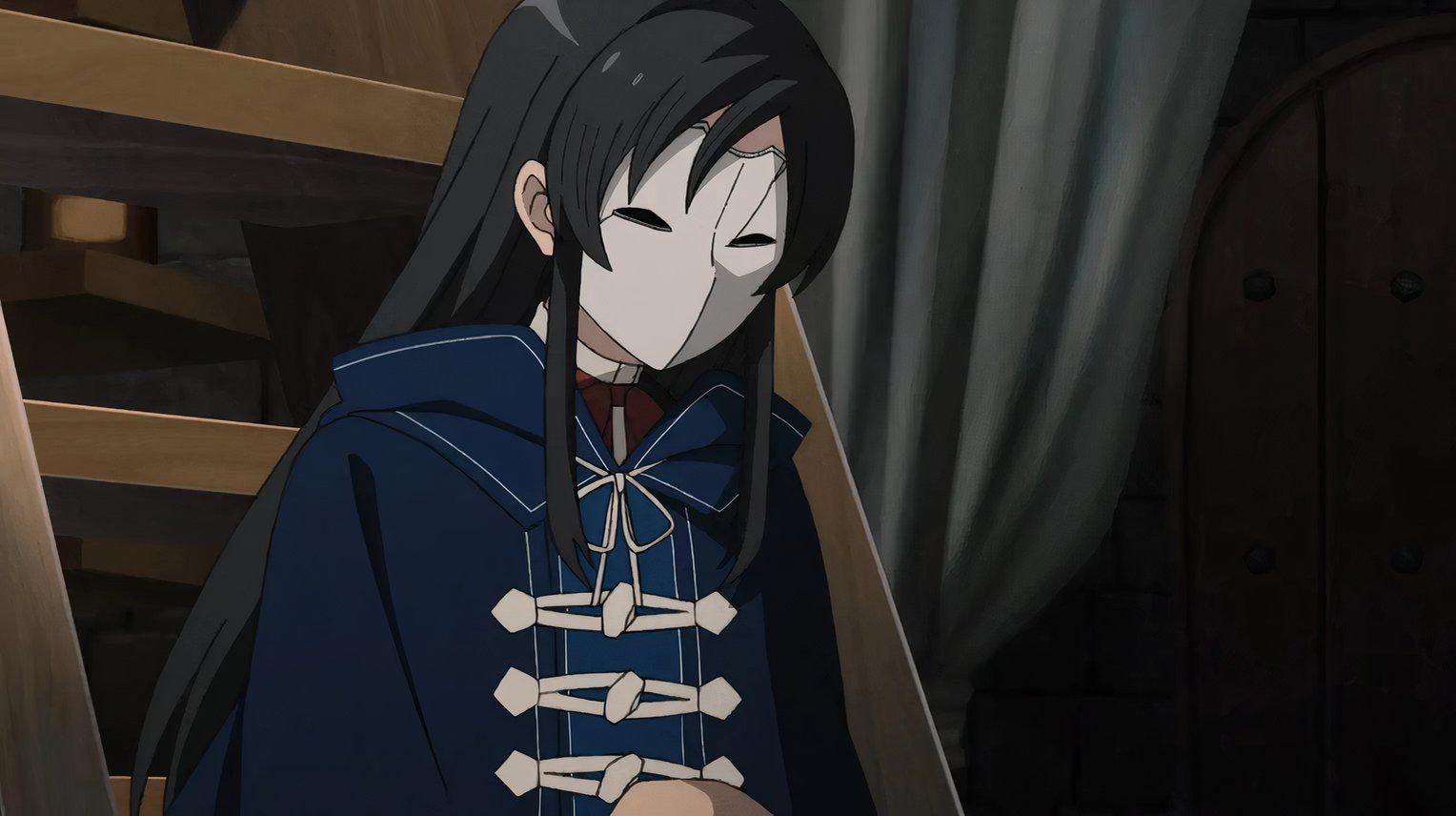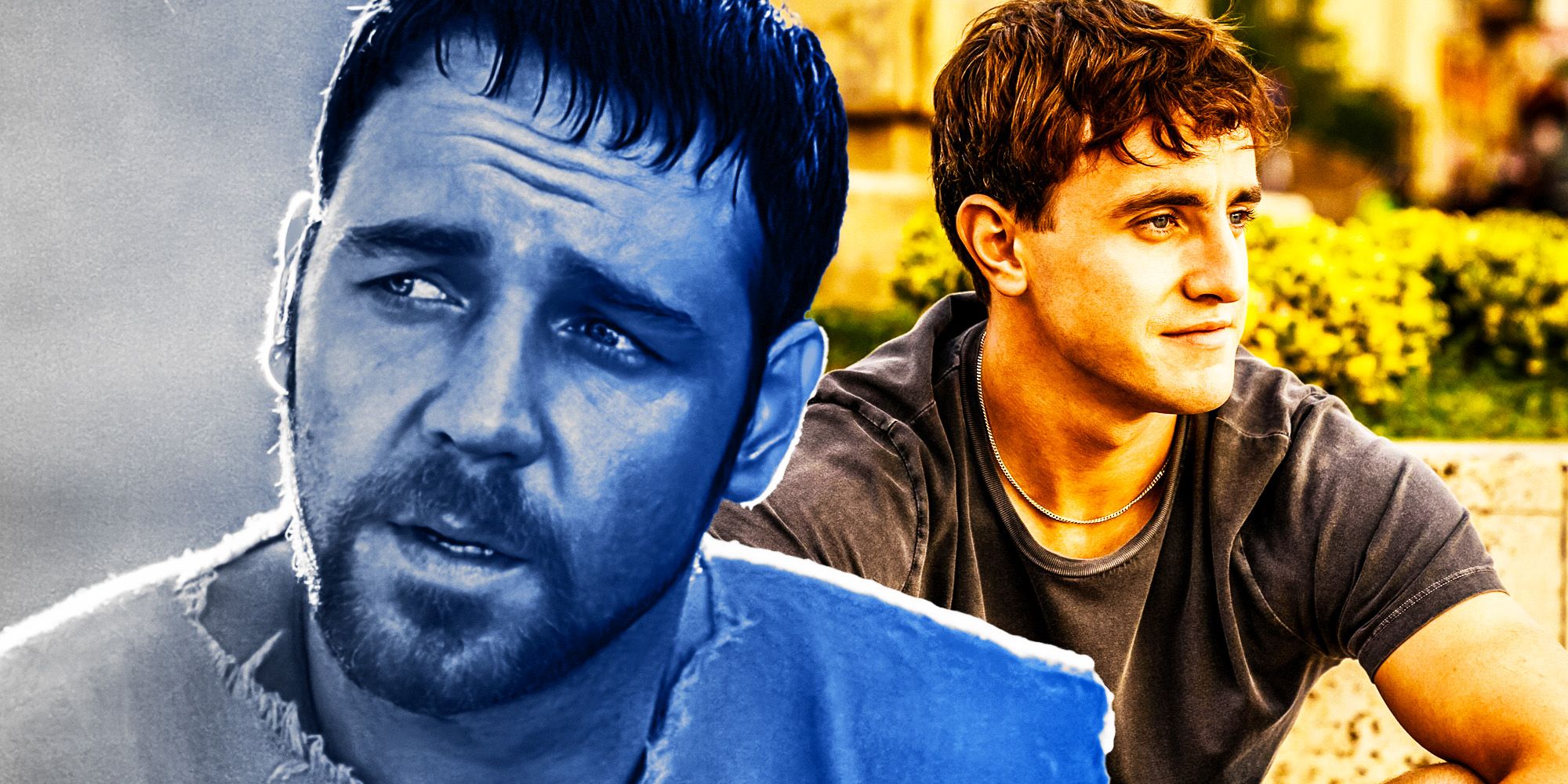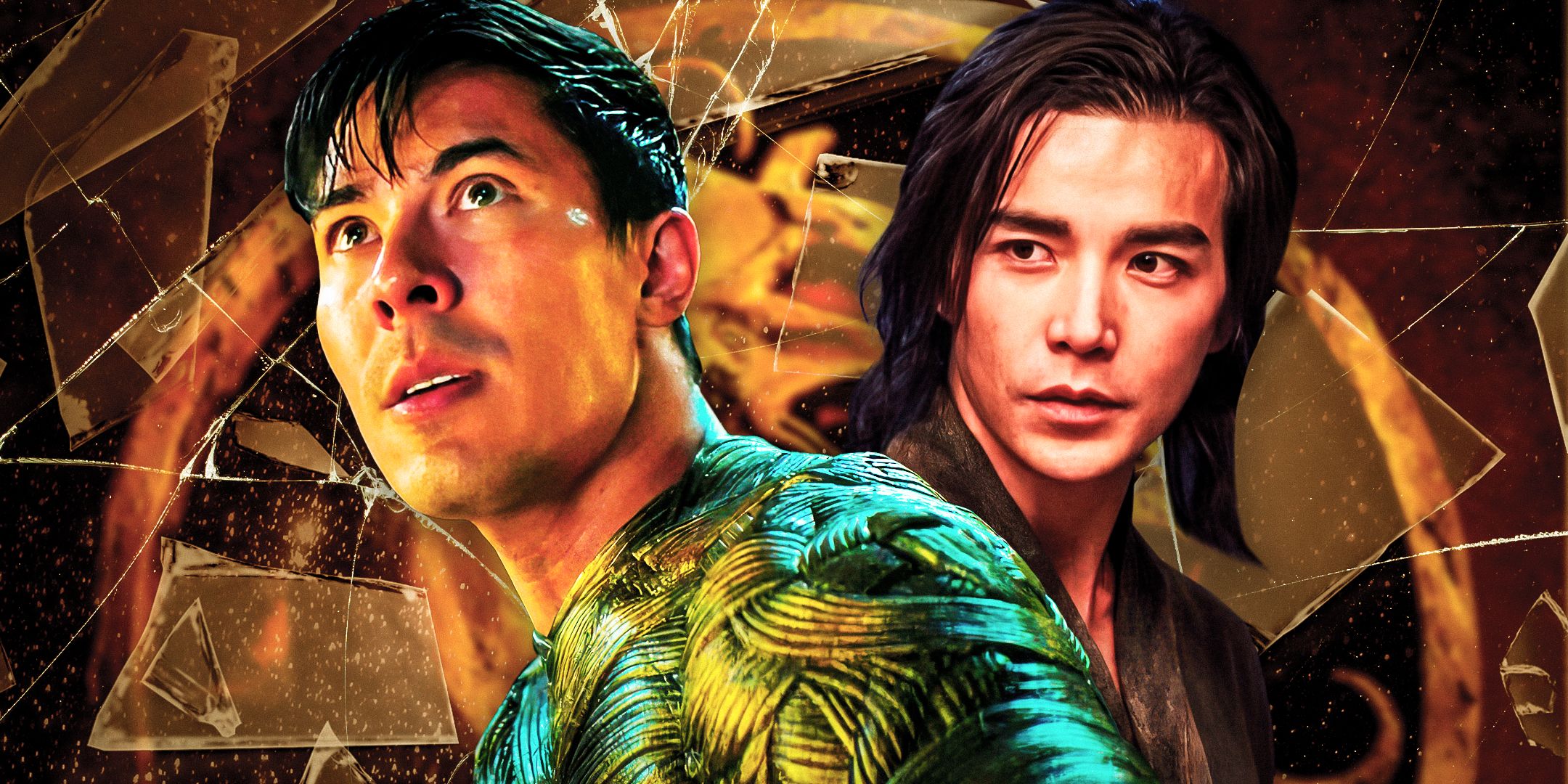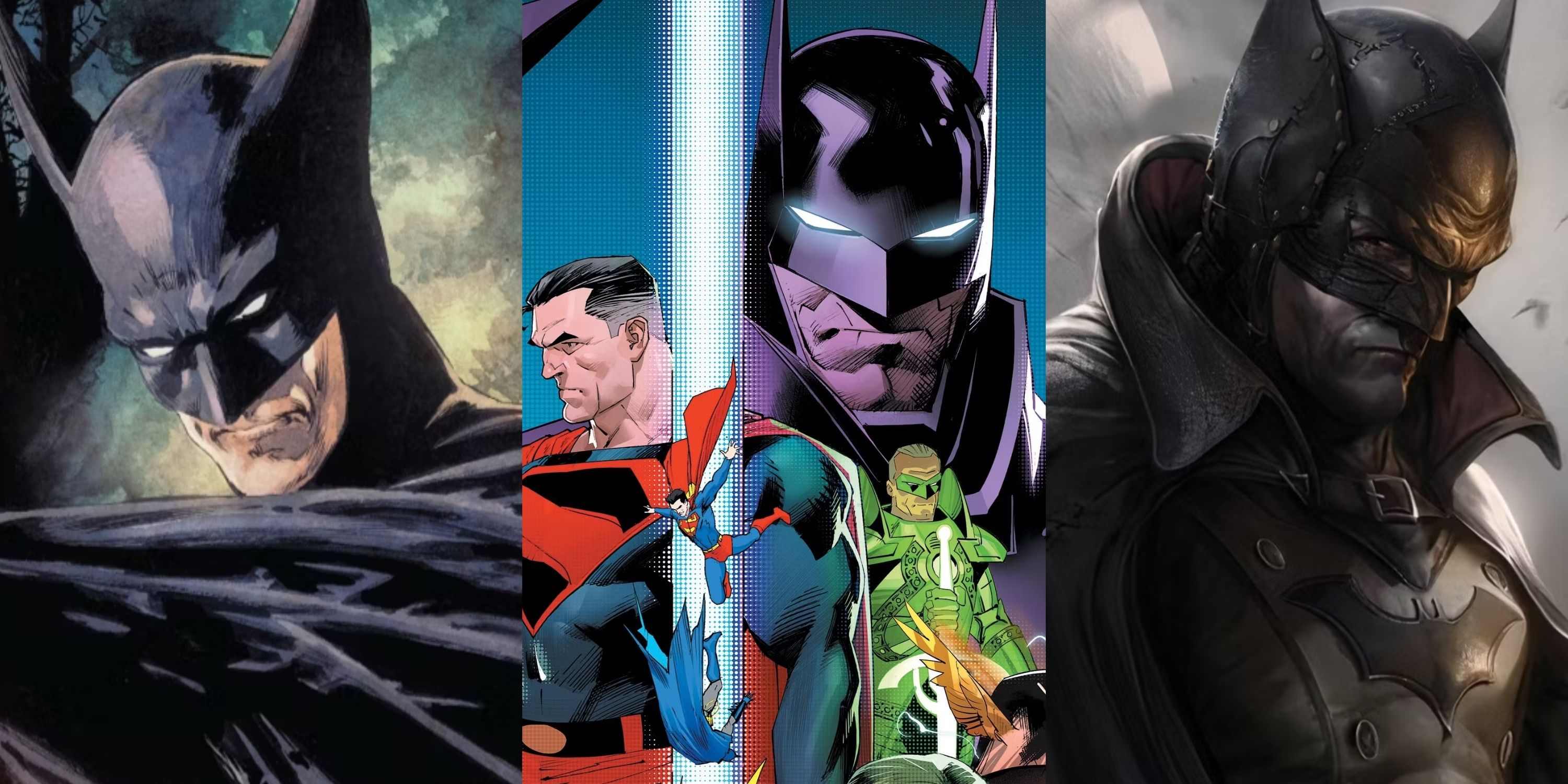In the latest season of Studio Bind’s hit anime Mushoku Tensei : Jobless Reincarnation, the series’ protagonist, Rudeus Greyrat, forms a bond with a character initially encountered as an enemy in the first season during the aptly titled episode: “Turning Point 2”. Nanahoshi, the character in question, originally crossed paths with Rudeus while accompanying Orsted the Dragon God and was present for a climactic battle in which Rudeus was almost killed by Orsted.
While these two should have constant conflict with each other, and their first reunion causes a genuine panic attack in Rudeus, their shared environment leads to a friendship, understanding, and an alliance between the two. Nanahoshi is in a similar situation to Rudeus: she too is from Earth, and was transported to the alternate world within Mushoku Tensei against her will. Through the lens of these two characters, audiences are presented with the two major styles of isekai that have achieved mainstream popularity over the years.
Finding Truth in a New World
Rudeus’ Journey Is One of Self-Discovery
One type of isekai, and the one that has gained popularity in recent years, represents wish fulfillment through a new life, in which a character wants to stay in a new world because it represents everything they were not able to achieve in their original life or world. The other shows characters who are desperately trying to get back to their own world because they’re a fish out of water in a place that is utterly alien to them, along with a life that they are seeking to return to.
While Rudeus represents the former, Nanahoshi represents the latter, and the two of them serve as reference points for each other. Their differing situations and circumstances give both characters a greater understanding of themselves, but also serve to provide a meta commentary on the genre itself.
Much of the journey of Mushoku Tensei centers around Rudeus’ growth and understanding of himself and the world around him. While he was a shut-in and the target of bullying in his former life on Earth, he’s instead an incredibly powerful wizard within his new world, one who is respected and even loved by the cast of characters around him and across the world. To Rudeus, his former life represents ingrained issues to overcome, most evidently his self-hatred and anxiety. By starting his life as an infant in his new world and learning to develop his prodigious magical abilities, Rudeus can avoid the steps that his former life took that led him to a place of despair.
A Fulfilling Life Lost Through Magic
Rudeus and Nanaoshi Are Two Sides to the Same Isekai Coin

Though Rudeus represents what can happen when someone with an unfulfilling life gets another chance to start from the beginning, Nanahoshi’s life represents the inverse: someone who had a happy, successful life and who had everything important and meaningful stripped away in a moment. While Rudeus’ journey is one of his personal growth in a new place, Nanahoshi’s journey is one of returning and reclaiming what she already had. Unable to use magic in her new world and unable to age, Nanahoshi is trapped in a world that is utterly alien to her, and desperately missing those who she left behind.
Through the disparate journeys and goals of Rudeus and Nanahoshi, Mushoku Tensei can comment both on the Isekai genre as a whole, and use a character-driven story in Rudeus’ life to serve as a mirror to a plot or destination-driven story in Nanahoshi’s life. Wish fulfillment isekai have become the dominant style within the genre in recent years and Rudeus’ path represents the pinnacle of that type of story. However, some of the most renowned shows of the past decades, like Digimon Adventure or Escaflowne, follow the same structure as Nanahoshi’s journey.
By intertwining the two styles with one another in one story, Mushoku Tensei is able to comment on the genre as a whole in a particularly meta and philosophical way, confirming why it is perhaps the deepest isekai story ever crafted.




